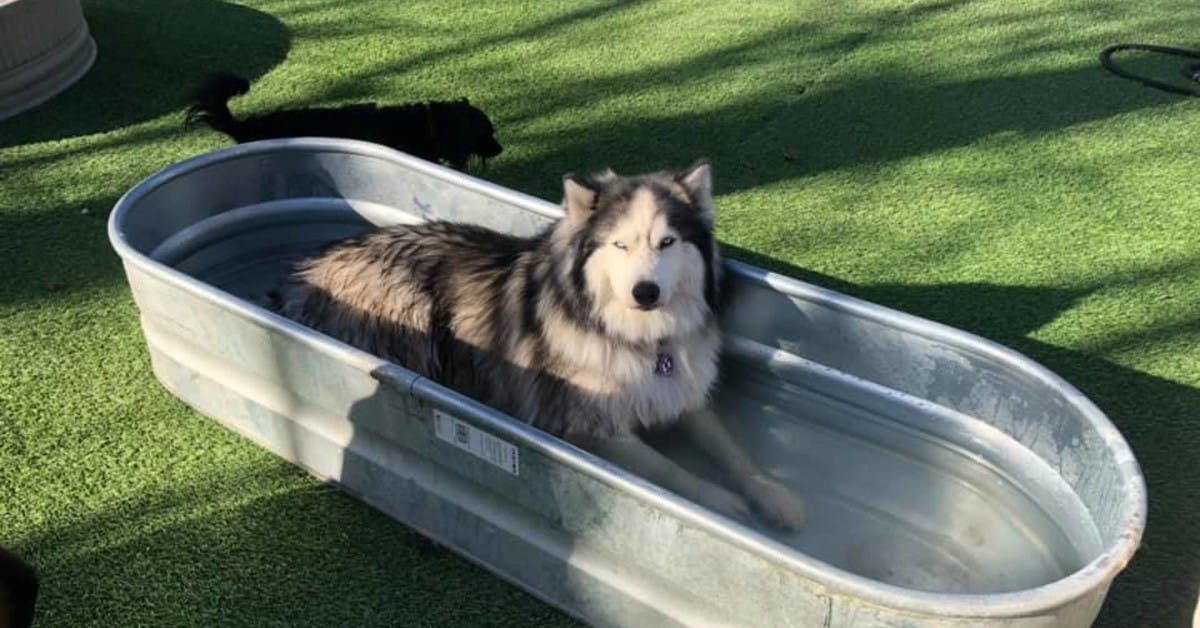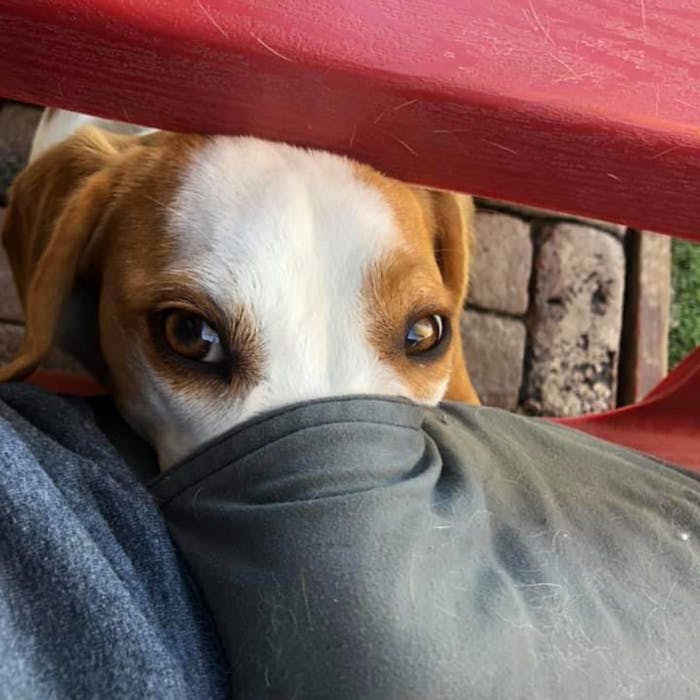
Let's Talk Dog
Do you ever say to yourself, “I wish my dog could talk”? Most of us who say this want to be able to anticipate our dog’s needs. Your dog does have his own language and it is not speaking, like we humans. It is a system of signals he or she uses every day to communicate. Once we are able to understand their language, we will be able to predict our dog’s reaction in most situations. This tool can be used to understand all dogs! Even dogs we have never met and know nothing about.
HOW IT WORKS
Known as “calming signals” to Behaviorists and Trainers, dogs engage in communication by using a system of signals. It is a universal language. All dogs know the language and like us, may have certain signals they use more predominantly than others. You can observe this language in a pack of dogs interacting with one another, or when walking your dog and another approaches. If you know the language, you will know if the dog approaching is saying “Hi, I’m Friendly” or “Stay away, this is my turf.” Your dog will also use these signals to talk to you. You may see it when you are stressed or things are hectic in your house. Your dog might be sending you these signals to say “things are crazy here. I’m trying to stay calm.” When you see it, you can take a moment to respond reassuringly.
WHAT ARE THE SIGNALS
There are over 30 signals. The most commonly observed signals are:
-
Blinking Eyes Slowly
This is an easy one to use to respond to your dog in his language. If you encounter a dog that is shy or scared blinking your eyes slowly will be reassure the dog that you are not a threat.
-
Looking Away
This one can help with aggressive dogs. If a dog is showing signs of aggression, slowly turn your body sideways and look away. This says to him “I’m not a threat.” People who have pet allergies often ask me why animals come right up to them. Most of the time, these people ignore the dog and look away. They are unintentionally signaling to the dog that they are nice and non-threatening. It is like saying “I’m friendly. Come on over!”
-
Walking in a Curve
We humans make eye contact and reach out to shake hands or hug to show we are friendly.
Your dog probably knows this is a friendly gesture coming from you.
In dog language, direct eye contact, walking straight at the dog and reaching over the body can be perceived as dominant or aggressive. When dogs are allowed to approach one another their way, they will usually walk in a curve. If you make your dog walk straight toward another dog, he may be very reluctant. In his language this is not a friendly greeting.
Some other commonly observed Calming Signals are:
- Licking the nose
- Holding one paw up
- Sniffing the ground
- Yawning
Next time you are out with your dog, see what signals he uses with other dogs, people and new situations. Knowing his language will help you understand his reaction and improve your relationship.

The nosy beagle, Cooper, happily playing at Redlands Rover Ranch.
Sue Stevenson Feenstra is a Dog Trainer and K9 Behaviorist with many years of experience and hundreds of happy clients. Sue owns REDLANDS ROVER RANCH a cage free doggy daycare. Not only will your dog have a great experience socializing with his K9 companions, he will learn good behavior from his human companions. Dogs visiting ROVER RANCH are directed to not jump on staff members, respect boundaries and not bark excessively.
Related Articles
- What to Know About Redlands Dog Training Services
- 02/29/24 by Guest Writer
- Including Your Furry Friend
- 04/27/18 by Guest Writer

